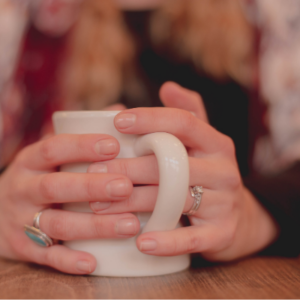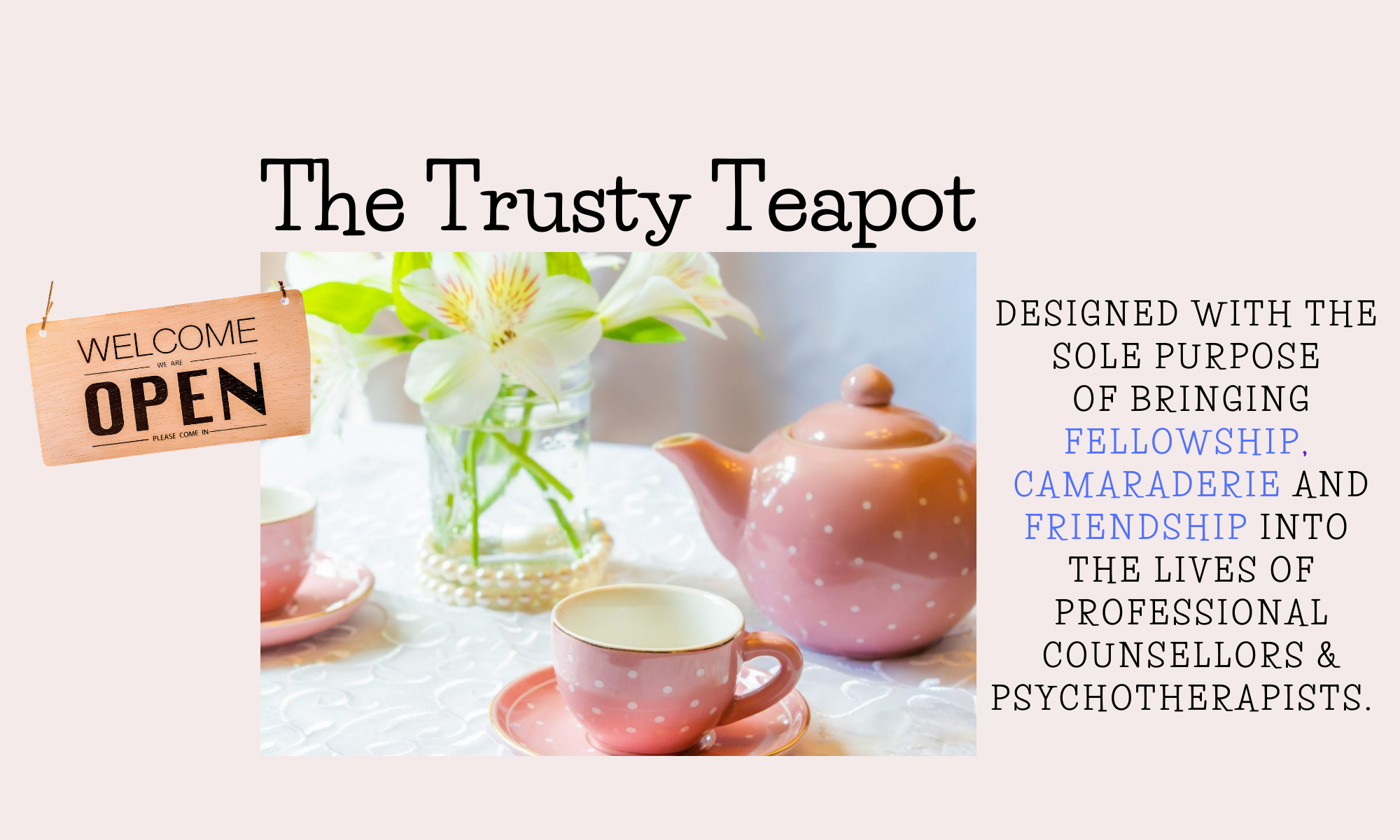
Who remembers Gladys Knight and her song ‘Walk in my shoes.’
Walk in my shoes
This hurt inside is too much for me
Just walk in my shoes
You’ll see I want the love that used to be
Try on my heartache
Go ahead and try it on for size
Just walk in my shoes
Then you’ll see the hurt through someone else’s eyes
Glady’s Knight sang of the heartfelt desire to have, in this case, someone she loves, see how their rejection has made her feel. It’s dramatic stuff and a great song.
No wonder it’s an all-time classic.
In the counselling room we strive to slip out of our footwear and walk a mile or more in the shoes of our clients, or at the very least fall in step with them so that they hardly feel our presence walking beside them while they tell their stories.

What journeys we have had as we have walked in the shoes of our clients
We have walked through the dark and challenging places our clients have passed. We are also shown the gentler images from their memories.
We’ve walked the long winding journey back home from school. We’ve met their family, friends and neighbours, teachers and work colleagues. We’ve seen their special places, a tree in their grandparents’ garden where they used to dream, an oasis from happier times.
These are the details, the stories of our clients’ lives, how we orientate ourselves in their internal village and the people that populate it, and it’s how we fall into step with them as they lead us.
On the walk, their struggles are revealed, moments when their dreams are shattered or perhaps when life began to feel less safe for them;
‘It happened on the corner – I’d walked around it a hundred times.’
‘This is where we met.’
‘I was in the corner shop when I heard the news.’
This subtle content helps us see what they see when they take us back to their memories. Their memories become our memories; we hold them, give the stories our focus as we reflect on each session’s content and process, then lock away our notes, but it’s not like putting down a novel for the day; our minds go on. Whether we are aware or not, our minds continue incorporating and mulling on our clients’ memories and filing them away with our own.
I hold memories of people important to my clients, people so well described I remember them quite naturally, fluidly. They don’t jar against the rich and vast memories I hold of my own life and my people, where they came from, how their lives flowed. It seems incredible that I can hold so many memories, that we all can.
Do you ever worry or puzzle over how you manage to hold all this content, the details of other people's lives? And just how long can you continue absorbing all of this content before you blow?

Counsellors, we know what we need to do around self-care, so I shan’t repeat that here.
But we also know that no one can avoid the daily bombardment of sensationalised, and usually bad, global news.
Audiences numbed or suffering empathy overload and stress are common reactions to the suffering of peoples they have never met and can’t reach to assist.
Hands up who has felt helpless and hopeless at a news item and the tears just fall down your face?
So how do we counsellors hold so much of our clients’ content and keep it all together so well the majority of the time? Are we in danger of being emotionally damaged?
The dangers to counsellors of overload, vicarious trauma, desensitisation and other emotional injuries are real, and while I believe we have to be self-aware of the possibility of suffering in this way and seek support if you feel the need,
I believe we do not need to be too fearful.
We can do this work, in the main safely, because knowing about and storing the details of people’s lives comes naturally to us, simply because we are human.
As an evolutionally part of being human, our village mind is another one of our superpowers.
Go back centuries and most of our forebears will have lived in small communities, with perhaps just several hundred families or less, these people, our people, had most likely lived in the same community for generations. The family histories and times of hardship, tragedy and joy would have been experienced and shared amongst the inhabitants, everyone knew something about everyone else, either first-hand or over the cottage garden wall.
I write this as a bit of reassurance – if you have ever wondered, as I have, where did all the details of your client’s lives go, or feared that one day the internal filing cabinet of other peoples memories would burst open and create mayhem in your memory banks. Have little fear.
As a human you are perfectly designed to live in a village of hundreds of families, knowing details of generations before, the struggles of the present and hopes and dreams for the future, you can carry that village with you wherever you go, and it will not be a burden. And as you meet each of your clients, they are as a member of that village, and you of theirs.
And when the therapy is over, you may never meet again, but tucked away in your village mind they will never be forgotten, and I seriously suspect, never will you.
Motown Alert
Do go on iTunes or Spotify, maybe crack open that cassette or dust off that 7″ black vinyl and enjoy that Gladys Knight classic.
I couldn’t resist a sing along every time I reviewed this post before I threw it out for reading. Indulge in a bit of bedroom dancing – and hairbrush singing.
Fantastic.
Have a great week.
Lois
This conversational article was written for Counsellors and Psychotherapists who feel they could do with more Fellowship, Camaraderie and Friendship in their professional lives.
The Trusty Teapot aims to end the professional isolation that is felt particularly in this profession. Visit the Webpage to find out more.
Or join our mailing list on the form below for details on how to join in the fun.
If you have something to share or comment on this article, feel free to comment on The Trusty Teapot company Linkedin page here or email me at
Lois
Putting the kettle on at The Trusty Teapot
